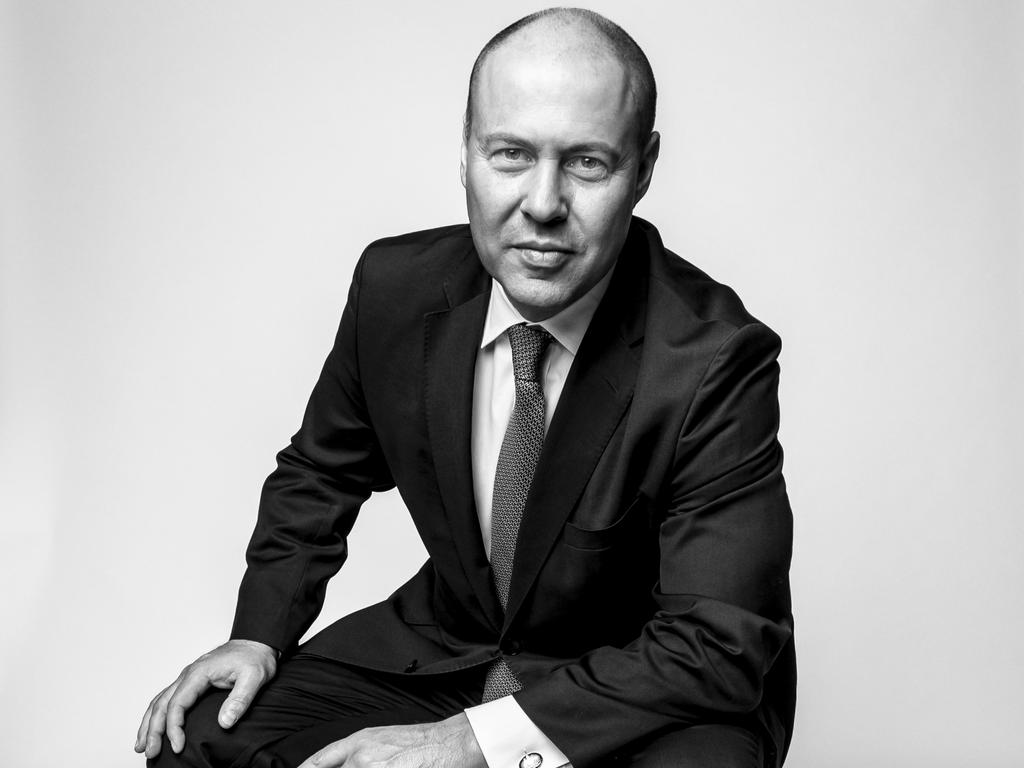Budget 2022: Wages tipped to grow at fastest pace in almost decade
Wages growth is forecast to accelerate to its fastest pace in almost a decade, as treasury predicting increases within 15 months.

Workers will endure a real wages cut this financial year and the government concedes the annual inflation rate will outstrip wage growth, despite Treasury predicting the fastest increase in pay packets in almost a decade will start from next year.
According to Treasury forecasts outlined in the budget papers, annual wages growth this financial year is expected to be just 2.75 per cent compared to inflation at an extraordinary 4.25 per cent.
However, Treasury estimates inflation will fall to 3 per cent next financial year while wages growth will be 3.25 per cent.
“Broader and more representative wage measures are picking up more quickly as workers take advantage of the tight labour market, with average earnings per hour expected to increase by 5 per cent through the year to the June quarter of 2022,” Treasury says.
According to the forecasts, wages growth will remain at 3.25 per cent in the 12 months to June 2024 while the inflation rate will fall to 2.75 per cent.
However, given the Coalition had regularly overstated wages growth, Labor and the unions will argue the government’s forecasts are too optimistic and designed to combat criticism that it has overseen years of wages stagnation.
“The labour market has continued to exceed expectations,” Treasury says. “Strong demand for labour is expected to continue to absorb spare capacity, supporting solid growth in employment and wages.”
Treasury says wages growth is expected to build across the forecast period as the labour market remains tight.
While noting the wage price index forecasts, it says “the outlook is even stronger based on the broader National Accounts measure of average earnings”.
This measure captures total remuneration including bonuses, overtime and allowances, as well as the effect of workers gaining promotions or changing jobs as they take advantage of tight labour market conditions.
“At a time of high mobility and tightness in the labour market, AENA presents a more representative measure of wages,” it says.
“Wages including bonuses have picked up in recent quarters and Single Touch Payroll data shows that workers who moved jobs in mid-2021 typically experienced pay increases of between 8-10 per cent.”
It says AENA on an hourly basis has grown much faster than the WPI at 3.5 per cent through the year to the December quarter of 2021, which aligns with business liaison reports that many firms are paying non-wage benefits to attract and retain staff.
“The difference between these two measures of wages is expected to persist over the forecast period. Historical evidence shows AENA is much more responsive to economic fluctuations, and the gap between AENA and WPI is often sustained for several years. AENA per hour is forecast to grow by 5 per cent … to the June quarter of 2022, 3.5 per cent through the year to the June quarter of 2023 and 3.75 per cent through the year to the June quarter of 2024.”
ACTU president Michele O’Neill said the one-off payments would not do enough to tackle the real wage cut this year.
“You need a strategy to address wages and make sure that wages are going up, because that’s what will get people through, not a one-off payment that disappears so fast when you pay the next grocery bill,” she said.








To join the conversation, please log in. Don't have an account? Register
Join the conversation, you are commenting as Logout